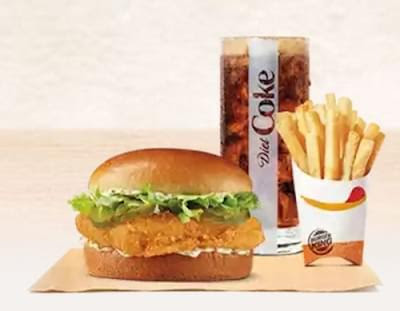Burger King nutrition is about eating a well-balanced diet full of fruits, vegetables, proteins, and fat. You can find almost any vegetable or fruit inside of a Burger King meal, as well as meat and poultry. Protein is the building block of all muscle growth and building up muscles burns off calories, which leads to fat being burned as well. Vegetables and fruits are also low in calories but contain complex carbohydrates, fiber, iron, vitamins B, C, and E, as well as potassium and phosphorus. Many of these vitamins and minerals can help reduce your risk for high blood pressure and diabetes, which are another important factor to maintaining a healthy weight.
One of the key elements of Burger King nutrition facts is the use of low-fat dressings on most of their burgers and French fries. The dressings usually contain reduced-fat mayonnaise, nontol-fat dressing, or zero-fat dressing. Even their cheese blend, called Blueberry Nice, is also low in fat, but contains herbs and spices to add to the taste and texture. Onions and lettuce are used in many of their salad dressings as well and are rarely accompanied by meat.
Burger King nutrition are all about avoiding fatty foods as much as possible, and so onion rings are used as an acceptable alternative to fries. However, they still contain oil, and calories are still going to be added. Some nutritionists claim that eliminating the oil from a salad is not enough to avoid unhealthy calories, since there may still be underlying calories from other ingredients in the dressings or the vegetable toppings. Even with using mayonnaise, reducing the fat in a salad isn't always enough to avoid calories from the dressing, and the fewer calories you have, the better.
A good rule of thumb when evaluating any burger menu item is to look at the Nutrition Facts panel and see how many calories you are getting per serving. That's important, because different items will list specific types of fat, oil, and carbs. Some mayo products will be lower in calories than others, while using bacon dressing may be higher than another type of fat used. In general, opt for oils and carbs that are listed on the Nutrition Facts panel rather than those that are not.
When looking over the nutrition facts for your Burger King sandwich, there is one important thing to look for: how many calories the sandwich actually contains? The count on the nutrition facts will show you how many calories are in the sandwich, but this number doesn't mean much unless you know how many carbs are in the meal (which can be determined by asking for the Carb Count). A low carb sandwich may not be bad for you, but if you're looking for healthy, low calorie options, the carb count will more than likely not be enough to satisfy your desires. Look for a turkey sandwich that has a lot of lean beef or turkey that is grilled.
Other good tips for finding a burger king nutrition facts chart that is easy to read is to find charts of all types of fast food. Fast food nutrition is often a little more difficult to understand than many other menus, and these charts can help you understand it a bit better. Of course, it is important to make sure that the protein value is also listed, since most people get too much protein from burgers in general and some other sources don't have enough calories to meet protein requirements.
If you're looking for a chicken option, Chicken Fries may be a better choice than the French Fries, though both contain very similar calories. One thing to keep in mind is that the amount of calories from the chicken may be higher due to the extra butter and oil used. Even with the chicken option, you can still find good tasting low-calorie meals that have lots of protein and other vitamins and minerals. Just be sure to read through the nutrition facts and remember that if you can, choose chicken fried in a healthier oil.
